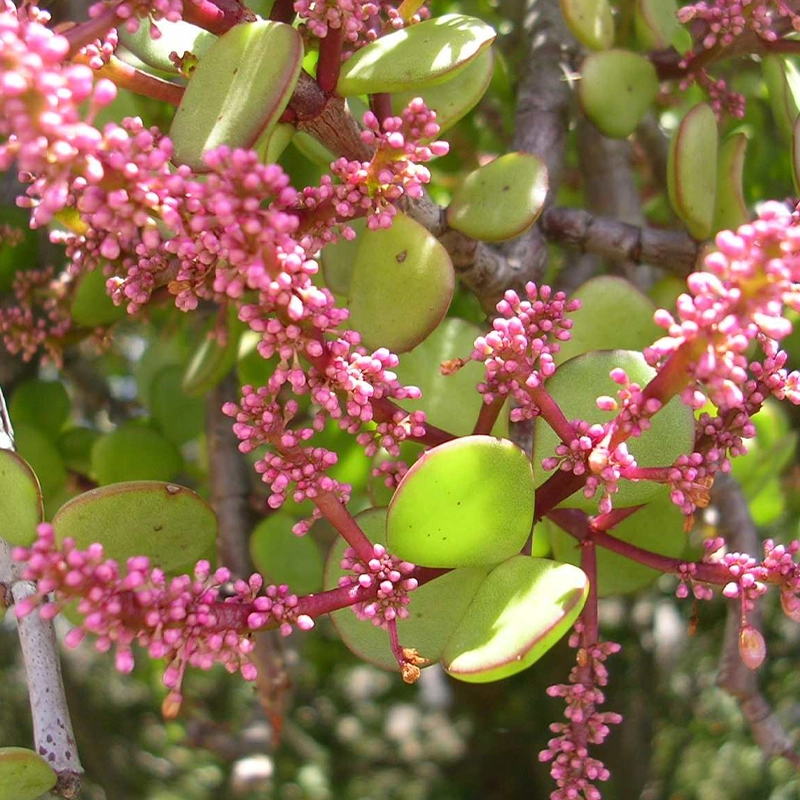FAQ
What is a carbon credit?
A carbon credit is a certificate that provides a guarantee that one metric tonne of carbon dioxide has either been extracted from the atmosphere or has been prevented from escaping into the atmosphere.
What is the purpose of a carbon credit?
How are carbon credits valued?
How is it traded?
What is carbon sequestration?
Does carbon sequestration have any environmental benefits other than managing climate change?
What plants are best suited for carbon sequestration?
What is special about spekboom?
What are the steps involved in converting land to a carbon sequestration project?
- The land owner makes a legal commitment to maintain the carbon stocks sequestered on his or her property.
- A project design document is developed.
- Investment is raised to implement the project.
- Carbon stocks in the degraded landscape are quantified.
- The project is validated by an independent auditor.
- The project is implemented i.e. the plants are established in degraded landscapes.
- The carbon stocks sequestered by the project are quantified.
- The carbon stocks are verified by an independent auditor.
- Carbon credits are issued.
What skills and knowledge are needed to do this?
- Ecological knowledge is of paramount importance for ensuring that the project is implemented in the appropriate landscape (in terms of soil type, topographic position, vegetation type, aspect etc.).
- Carbon accounting expertise is required for quantifying carbon in soils and plants.
- Financial expertise is required for raising the appropriate investment and trading the carbon credits.
Why should I embark on a project with AfriCarbon in conjunction with other farmers and investors?
Expertise
As will be seen from the questions and answers above there are a number of aspects to a carbon sequestration project and clearly many of these require particular skills and experience. AfriCarbon has 20 years of scientific as well as practical experience with spekboom and using spekboom cuttings to restore degraded landscapes.
Economies of Scale
Financial viability studies have indicated that it is extremely difficult to create a viable restoration project on a small scale. There are a number of reasons for this:
- The planting costs per hectare are likely to be far more economical when done on a large scale basis.
- The initial project management and ongoing monitoring will similarly also be more cost effective with a larger project.
- Carbon accounting is an integral and extremely important part of the whole process. This is a costly exercise which can be prohibitively expensive for a small project but with a larger project will have significant economies of scale.
- The sale of carbon credits on a small scale is likely to be problematic particularly regarding obtaining full value. AfriCarbon has the expertise and network and will have the size to maximize the sale potential.
Risk Avoidance
Despite the hardiness of spekboom, its growth can be adversely impacted by poor agricultural conditions, inappropriate soils and the external environment (e.g. frost). It is also a plant that is sought after by domestic animals and game.
As a consequence, expert knowledge is required to avert the risk of spekboom cutting mortality, and to ensure that the cuttings are only planted in environments that are suitable for spekboom-rich thicket establishment.
Flexible financial structure
AfriCarbon has designed a series of financial structures that can cater for the requirements of any farmer who wishes to pursue carbon sequestration by working together in a larger group with other farmers and investors. The structures available will be discussed on a one-on-one basis with each farmer and investor who shows serious interest in entering into a business relationship with AfriCarbon.

